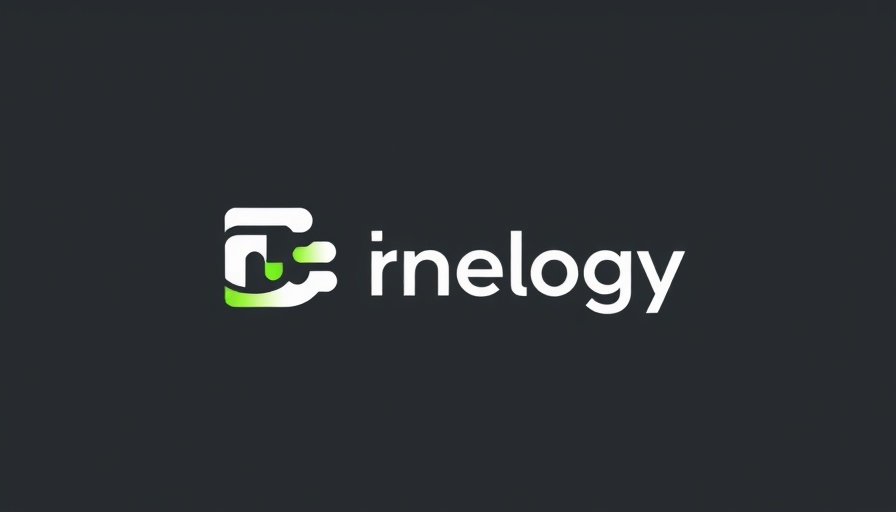
Understanding AI Image Generation: A New Frontier
As we delve into the exciting realm of AI image generation, it’s hard to ignore the rapid advancements that have transformed how we create visual content. At the forefront of this evolution are two innovative models: Alibaba’s Qwen Image and the newly-launched Nano Banana. Both tools present unique capabilities that can greatly benefit small and medium-sized businesses, providing avenues for creative expression and marketing strategies. But, how do you decide which model suits your needs best?
Meet the Contenders: Qwen Image vs. Nano Banana
Qwen Image is like entering a gallery curated by a tech giant. Known for its incredible detail and text-rendering prowess, Qwen offers a comprehensive toolkit for those looking to craft high-quality, detailed visuals. On the flip side, Nano Banana stands out with its promise of speed and efficiency. Perfect for businesses in a hurry, Nano Banana offers a lightweight solution that delivers impressive results without the long wait times.
Accessibility and User Experience: Which is More User-Friendly?
One of the vital factors in choosing an image generation tool is accessibility. Both models make it easy to access their features, but they cater to different user preferences. Qwen Image, with its immersive interface and robust functions, might appeal more to seasoned creators and marketers who are looking for depth. However, Nano Banana provides a straightforward, intuitive design that allows newcomers to jump straight into creation without extensive learning curves. For small and medium businesses that may not have dedicated tech teams, simplicity often reigns supreme.
Hands-On Showdown: Let’s Make Some Images
To evaluate their performance effectively, we put the two models to the test. Using the same prompts in both systems, we crafted several images to see how each fared. While Qwen Image offers elaborate and refined visuals, Nano Banana impresses with its speed, producing commendable images in mere seconds. This rapid output could be vital for businesses that require agile content creation, especially those operating in fast-paced environments.
Quality Analysis: A Closer Look at Outcomes
When we consider the quality of generated images, both models have their strengths. Qwen excels in producing intricate details, making it ideal for brand campaigns that benefit from rich visuals. In contrast, Nano Banana focuses on delivering adequate quality quickly, making it suitable for social media posts or limited-time promotions where speed is essential, and perfection is not a priority.
Final Verdict: Choosing What’s Right for You
Ultimately, the question of which tool is better—Qwen Image or Nano Banana—boils down to your specific needs as a business. Are you looking for stunning visual content with depth and detail? If so, Qwen Image may be your best bet. However, for businesses that require speed and efficiency—say, for daily content across social platforms—Nano Banana offers an unmatched proposition. Understanding the nuances of each can help you make an informed choice that aligns with your goals.
Conclusion: Embrace the Future of Content Creation
As small and medium-sized businesses navigate the digital space, tools like Qwen Image and Nano Banana are paving the way for innovative marketing strategies. By leveraging AI-driven tools, businesses can create engaging content that resonates with their audience. Remember to weigh your specific needs against the capabilities of these platforms. It’s not just about which tool is better, but rather which one is better suited to help you achieve your vision!
Call To Action: Explore and Innovate!
If you’re excited about expanding your content creation capabilities, try out both Qwen Image and Nano Banana and see which resonates with your business vision. Embracing these advancements in AI can lead to transformative changes in how you reach your audience!
 Add Row
Add Row  Add
Add 



Write A Comment